It’s a familiar sound for many homeowners – the persistent tap-tap-tap of a bird pecking at your window. This peculiar behavior can range from mildly amusing to genuinely frustrating, especially when it happens repeatedly at dawn when you’re trying to sleep. Beyond the annoyance factor, this behavior can potentially harm the birds themselves, who may injure their beaks or exhaust themselves in these futile encounters with glass. Understanding why birds engage in this behavior is the first step toward implementing humane and effective solutions. This article explores the fascinating reasons behind window pecking and offers practical strategies to discourage this behavior, keeping both your peace of mind and the birds’ well-being in balance.
The Territorial Defense Explanation
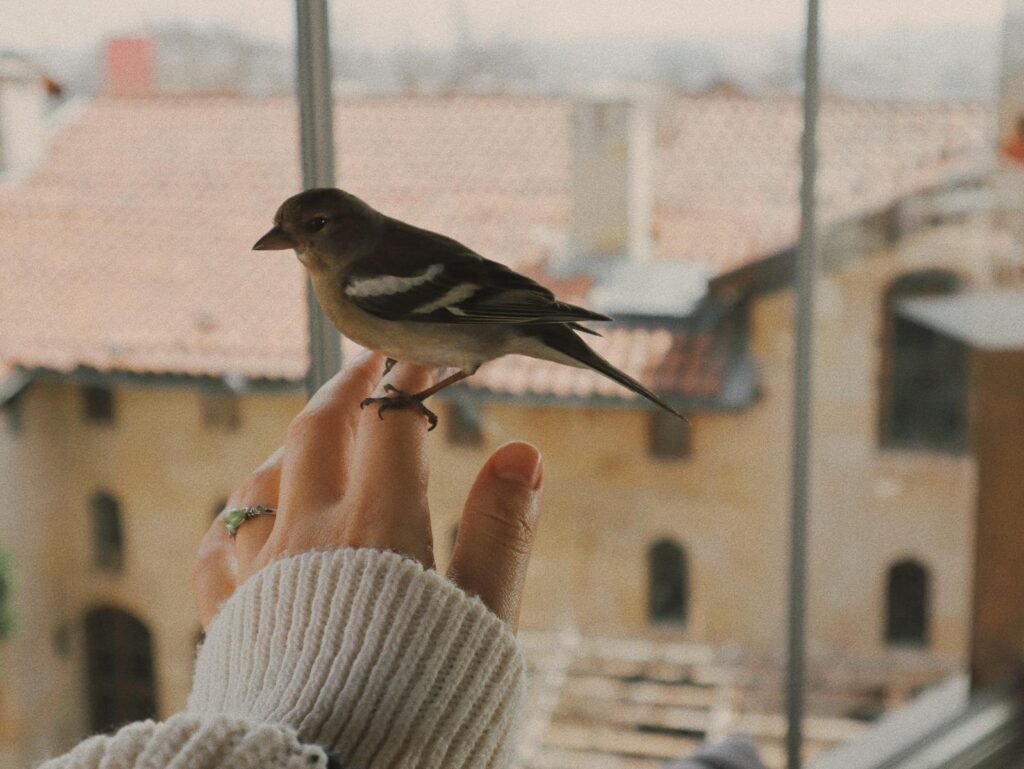
When birds peck at windows, they’re often responding to what they perceive as a territorial threat – their own reflection. During breeding season, male birds become particularly territorial and will aggressively defend their established areas against intruders. The reflective surface of your window creates a perfect mirror where the bird sees its own image but interprets it as a rival bird encroaching on its territory. This misunderstanding triggers a defensive response where the bird attempts to drive away the “intruder” through pecking, striking, or flying at the window. This behavior is especially common in species known for territorial aggression, including robins, cardinals, and bluebirds. The persistence of this behavior can be remarkable, with some birds continuing their window attacks for hours or even days.
Seasonal Patterns in Window Pecking
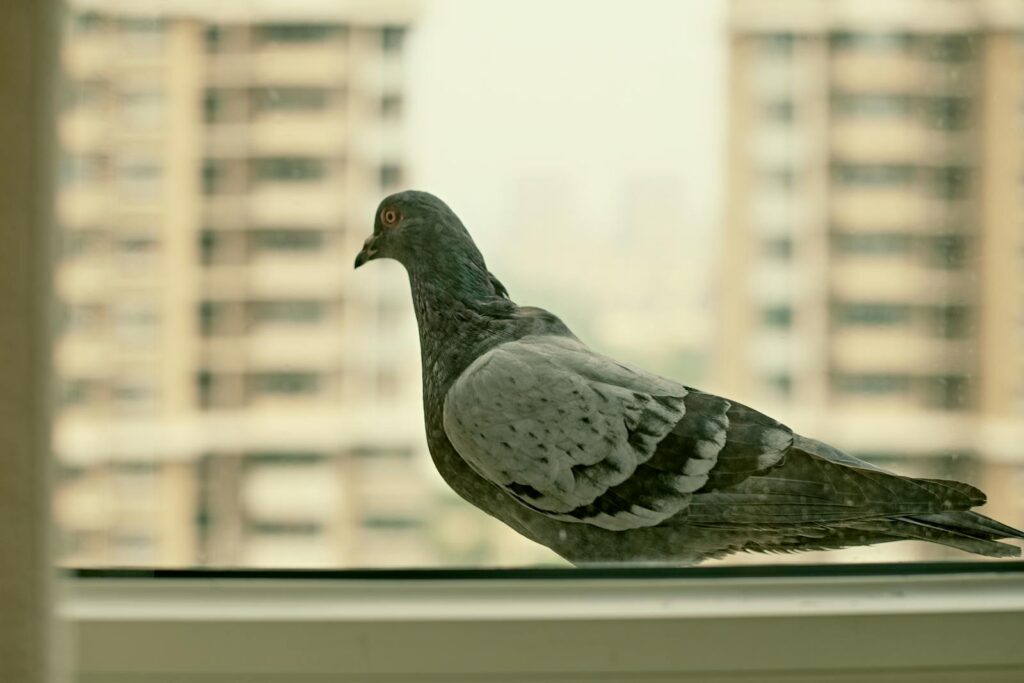
Window pecking behavior follows distinct seasonal patterns that correspond with birds’ natural breeding cycles. Spring typically marks the peak season for this behavior, as this is when birds establish territories, build nests, and become more aggressive toward perceived competitors. Male birds are particularly susceptible during this time as they work to secure and defend their breeding territories from rivals. The behavior often diminishes significantly after the breeding season ends, when territorial instincts become less pronounced. Some homeowners report witnessing the same individual birds returning year after year to attack the same windows, suggesting these locations become established parts of their territorial defense patterns. Understanding these seasonal fluctuations can help predict when intervention might be most necessary and when the behavior might naturally subside.
Species Most Likely to Peck Windows

While many bird species might occasionally peck at windows, certain types are notorious for their persistent window attacks. Northern Cardinals rank among the most frequent window peckers, with their bright red coloration making their reflections particularly visible and triggering strong territorial responses. American Robins are another common culprit, especially during the spring nesting season when males aggressively defend their territories. Bluebirds, mockingbirds, and various woodpecker species also frequently engage in this behavior, though woodpeckers may have different motivations beyond territorial defense. Wild turkeys, particularly males (toms), can cause significant problems when they attack their reflections, given their size and strength. These species-specific tendencies can help homeowners identify which prevention strategies might be most effective for the particular birds visiting their property.
The Reflection Confusion Factor
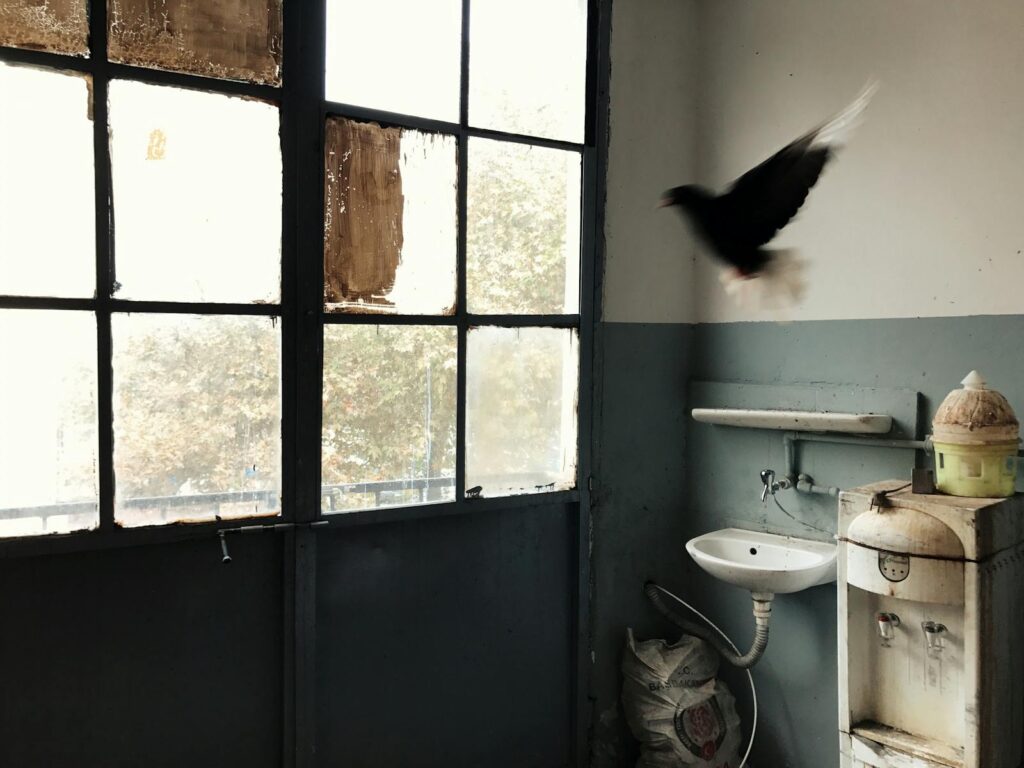
The optical properties of glass create perfect conditions for avian confusion. Windows, especially those with high reflectivity, present birds with convincing illusions that appear to be extensions of the surrounding environment. This reflection confusion extends beyond territorial responses – birds may see reflected trees, sky, or landscapes and attempt to fly through what they perceive as open space. The clarity and quality of the reflection play significant roles in how convincing these illusions appear to birds. Weather and lighting conditions can dramatically influence reflection intensity, with early morning and late afternoon sunlight often creating the most realistic reflections. Some modern energy-efficient windows with specialized coatings exacerbate this problem by increasing reflectivity, inadvertently creating more convincing illusions for birds.
Potential Harm to Birds

Persistent window pecking can lead to several concerning health issues for the birds involved. Physical injuries are the most immediate concern, including beak damage, head trauma, and exhaustion from repeated impacts. Birds may deplete their valuable energy reserves through extended periods of attacking windows, potentially compromising their ability to forage effectively or escape from actual predators. The psychological stress of continually fighting an “opponent” that never retreats or yields can disrupt normal behavioral patterns, including feeding and nesting activities. In extreme cases, birds might become so fixated on their window opponent that they neglect essential activities like caring for their young or defending their territory against genuine threats. These combined stressors can significantly impact an individual bird’s health and reproductive success during critical breeding periods.
Visual Deterrents: Breaking the Reflection
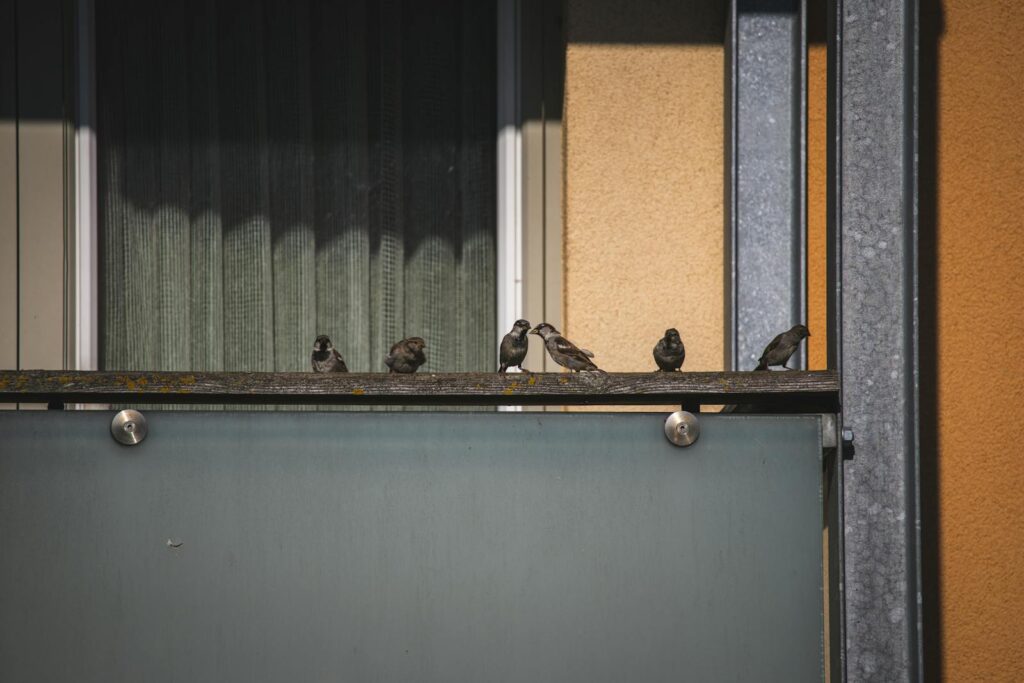
One of the most effective approaches to prevent window pecking involves breaking up the reflective surface that birds perceive as another bird or territory. Window decals specifically designed for bird safety can be applied to glass surfaces, with products ranging from decorative stickers to nearly invisible ultraviolet patterns that birds can see but humans barely notice. Traditional options include hanging strips of Mylar tape, ribbons, or string on the outside of windows, which create movement that deters birds while also interrupting the reflection. Window screens serve dual purposes by reducing reflection and creating a physical buffer zone that discourages close approach. For a more aesthetic approach, some homeowners opt for decorative window films that maintain light transmission while reducing reflectivity, or install external sun shades that prevent reflection while providing energy-saving benefits.
Physical Barriers: Keeping Birds at a Distance
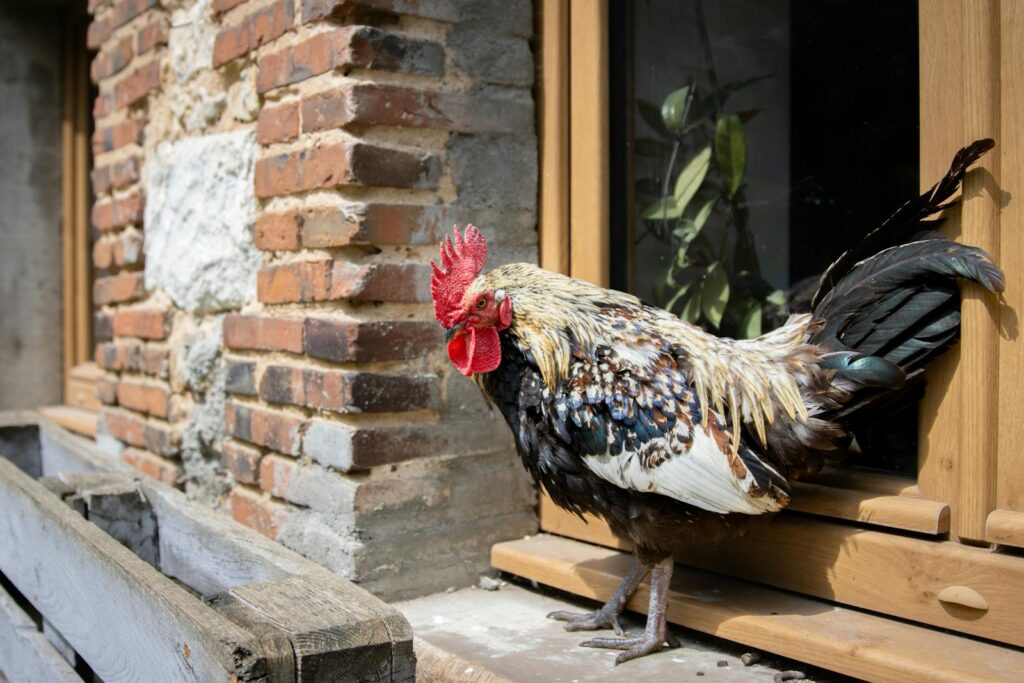
Creating physical barriers represents another effective strategy for preventing window pecking behaviors. Installing window screens or mesh barriers a few inches away from the glass surface can prevent direct contact with the window while reducing reflections. Temporary netting secured over problematic windows during peak pecking seasons provides a gentle physical boundary that discourages birds from reaching the glass. For persistent cases, especially with larger birds like wild turkeys, placing a physical barrier directly in front of the affected window area can be necessary. Strategic placement of hanging objects like wind chimes or mobiles near windows creates both visual and auditory deterrents that discourage close approach. Some homeowners have found success with specially designed “zen curtains” made of hanging cords that move with the breeze and discourage birds while maintaining visibility from inside.
Changing the Environment Around Windows
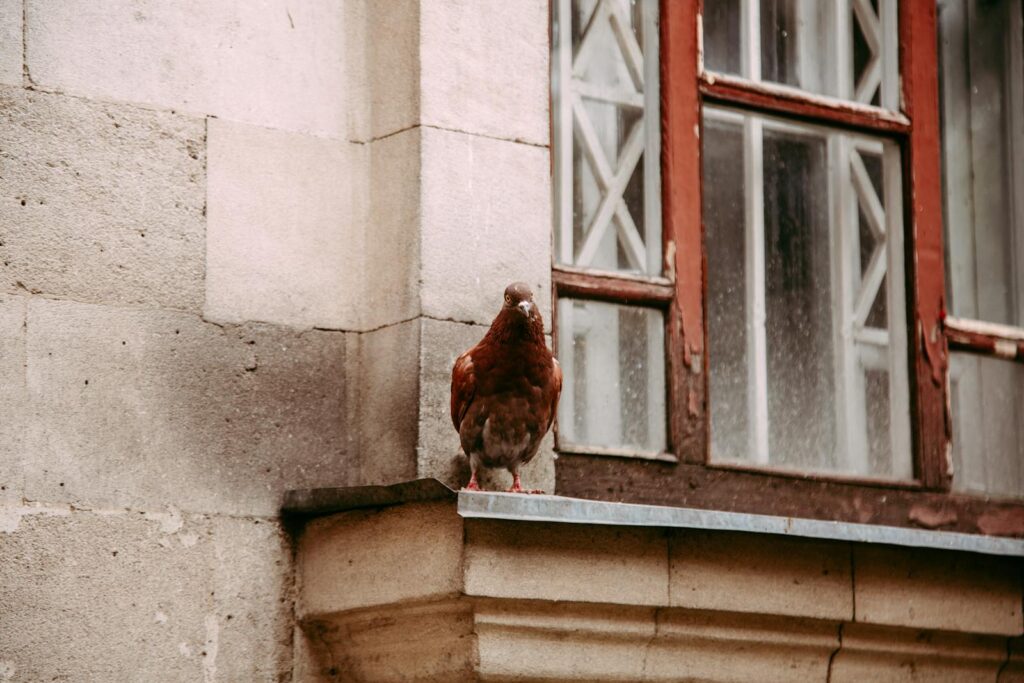
Modifying the landscape near problematic windows can significantly reduce pecking behavior by changing how birds perceive and interact with the space. Strategically relocating bird feeders and baths away from windows helps create distance between birds and reflective surfaces, reducing the likelihood they’ll notice or defend against their reflections. Adjusting outdoor lighting can also help, as bright lights at dawn or dusk can intensify window reflections during peak activity periods. Planting shrubs or installing lattice at appropriate distances from windows creates physical barriers that prevent direct flight paths to the glass while providing alternative perching locations. For persistent cases, temporarily modifying the habitat directly adjacent to problem windows, such as temporarily removing flowers or perches that attract territorial birds—may be necessary during peak breeding season.
Temporary Solutions for Urgent Cases
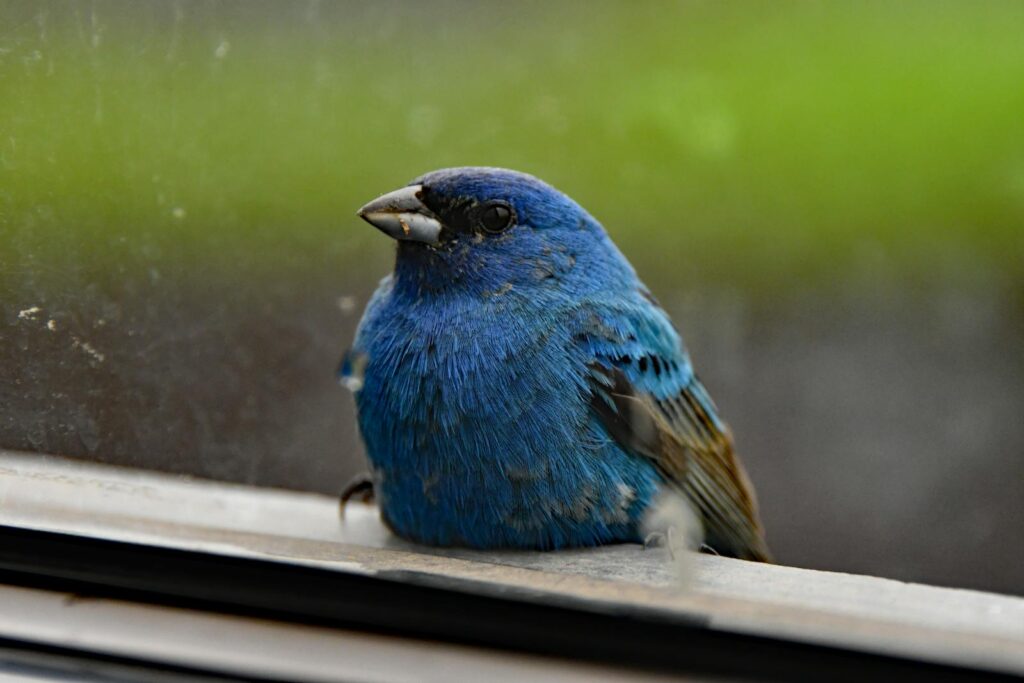
When immediate intervention is needed to address persistent pecking, several temporary solutions can provide quick relief while more permanent measures are implemented. Covering the outside of affected windows with newspaper, cardboard, or opaque plastic sheeting eliminates reflections, though at the cost of your view and light. Applying bar soap directly to the exterior glass creates a streaky surface that disrupts reflections while being easily removable when no longer needed. Window paint marketed for seasonal decorations can serve double duty by breaking up reflections while adding festive designs. For smaller problem areas, strategically placed sticky notes or painter’s tape on the outside of windows can temporarily disrupt the reflection enough to discourage the behavior. These methods are particularly useful when dealing with an individual persistent bird during a short seasonal period of territorial behavior.
High-Tech Solutions for Bird Deterrence
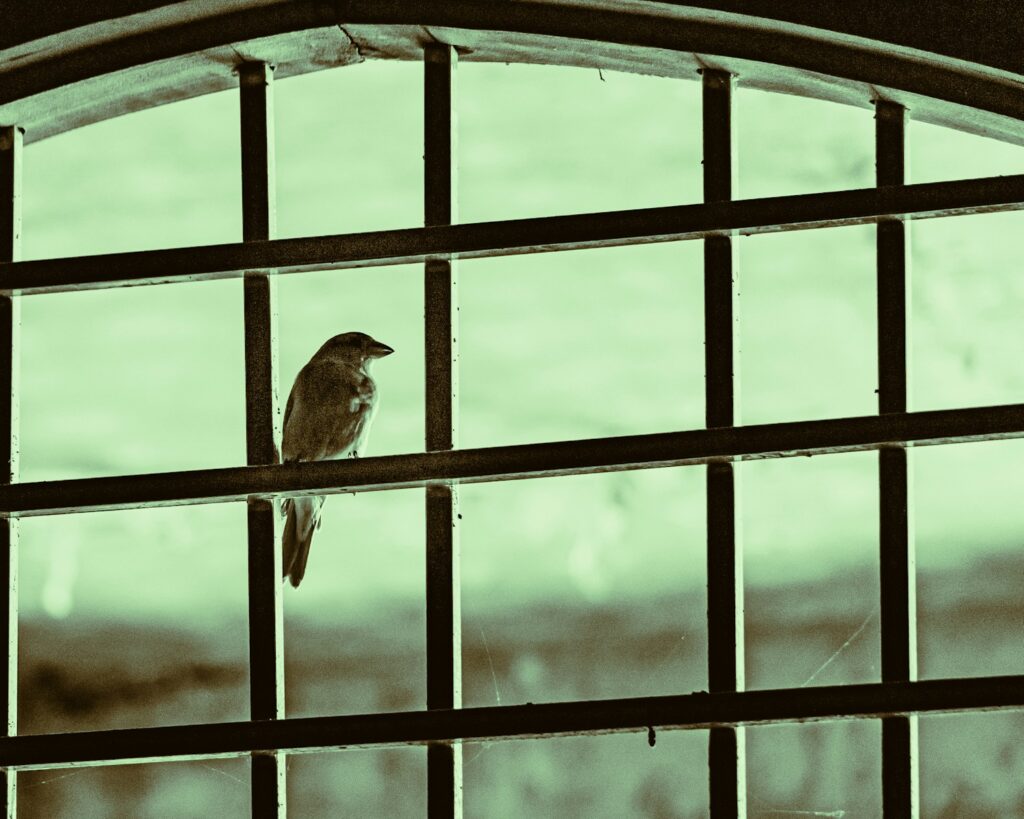
Modern technology offers increasingly sophisticated options for humanely deterring window-pecking birds. Motion-activated devices that produce sudden movements, lights, or sounds can startle birds away from windows without causing harm, though effectiveness may diminish as birds become habituated. Ultrasonic bird repellers emit sounds at frequencies primarily detectable by birds but not humans, creating an uncomfortable environment near windows without disrupting household activities. Some companies now produce special window films with ultraviolet patterns that appear clear to humans but are highly visible to birds, who perceive ultraviolet light much better than humans. Electronic bird deterrents that emit intermittent distress calls or predator sounds can be effective, especially when the sounds vary to prevent habituation. These technological solutions are particularly valuable for commercial buildings or residential properties with extensive glass surfaces where traditional methods might be impractical.
Understanding Bird Psychology and Behavior
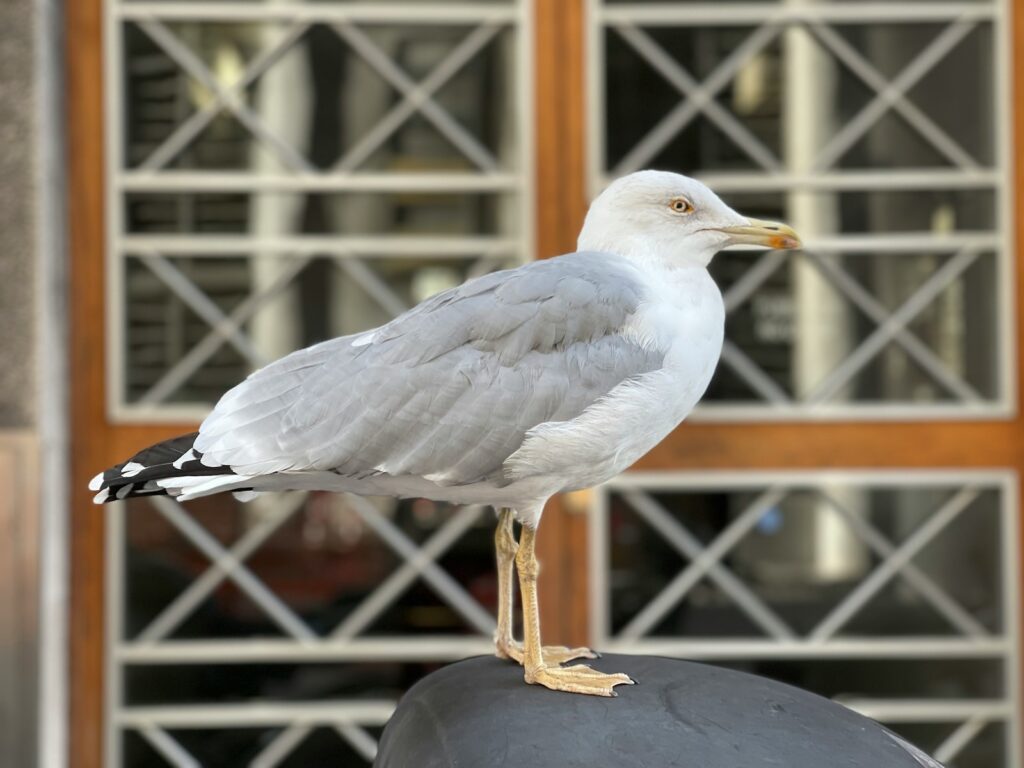
Developing effective solutions requires understanding the psychological and behavioral aspects of window pecking in birds. The persistence of this behavior stems from the fundamental territorial instinct being repeatedly triggered without resolution – the reflection never retreats or submits as a real rival bird would. Birds lack the cognitive framework to understand the concept of reflections, so they respond based on instinct rather than learning from experience that the “intruder” isn’t real. Different species exhibit varying levels of territorial aggression and cognitive flexibility, which explains why some birds may give up quickly while others persist for weeks. Research shows that individual temperament also plays a role, with more aggressive individuals likely to engage in more persistent attacks. Understanding these psychological factors helps explain why simple deterrents work for some birds, but more comprehensive approaches may be needed for particularly determined individuals.
When and How to Seek Professional Help
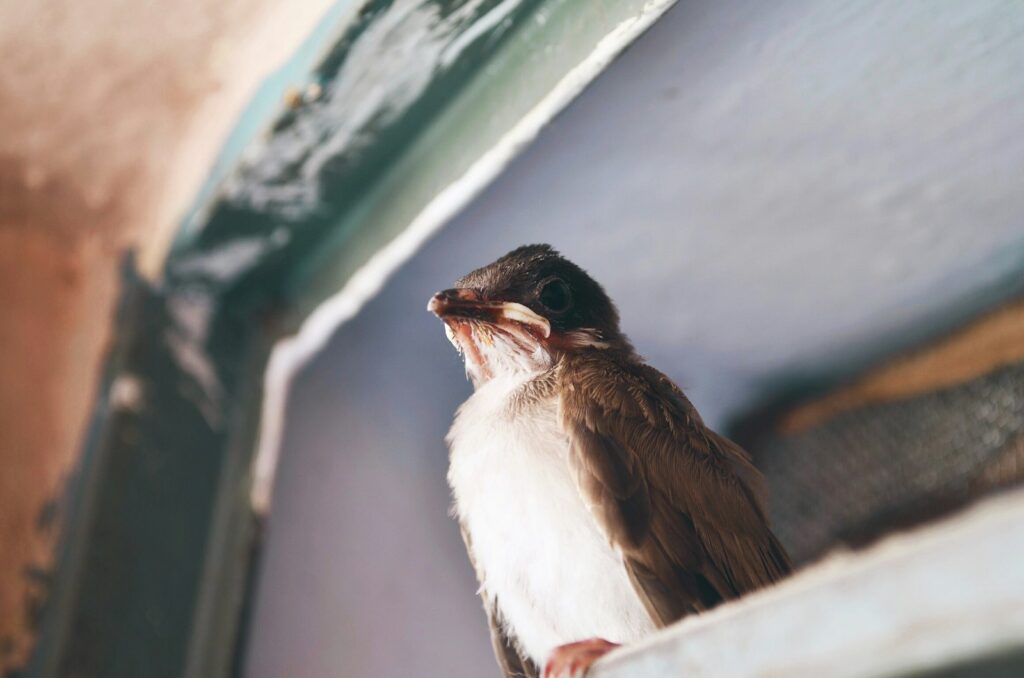
In particularly persistent or problematic cases of window pecking, professional intervention may become necessary. Wildlife management specialists can provide customized solutions based on the specific species involved and the unique features of your property. Local Audubon Society chapters or wildlife rehabilitation centers often offer advice specific to regional bird species and their behaviors. In situations where birds are causing property damage or the behavior poses risks to the birds themselves, licensed wildlife control operators can implement humane deterrence strategies that comply with local wildlife protection laws. Professional window treatment companies can install specialized films or screens designed specifically for bird deterrence while maintaining aesthetic appeal and functionality. Before pursuing professional options, document the behavior with photos or videos to help experts accurately assess the situation and recommend appropriate interventions.
Prevention Strategies for New Construction
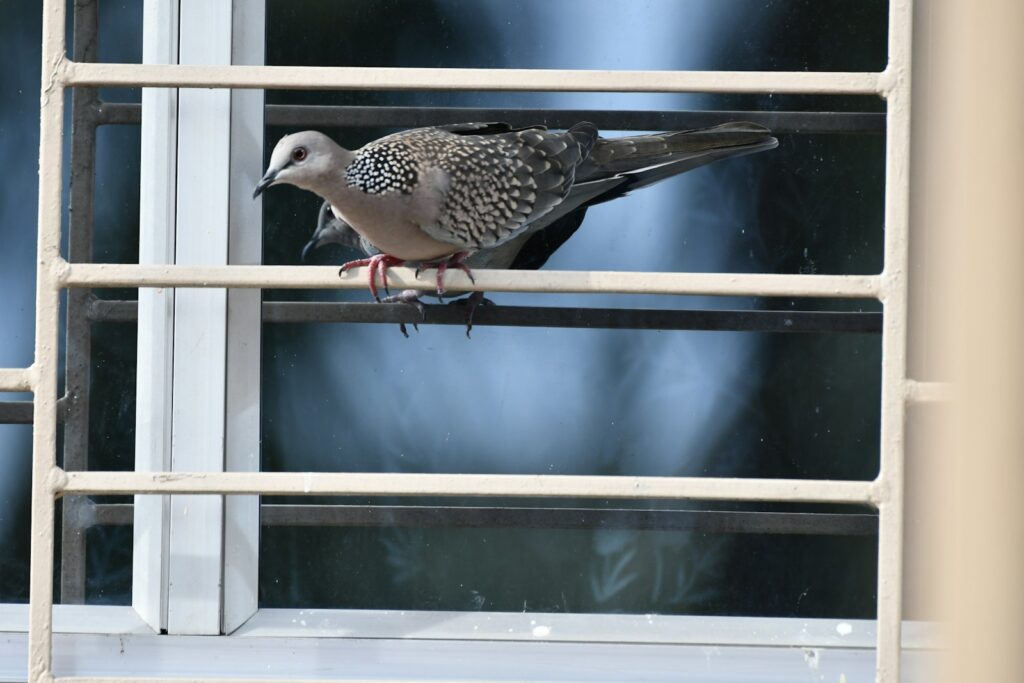
For those building new homes or planning major renovations, incorporating bird-friendly design elements from the start can prevent window pecking problems before they begin. Architectural features like deeply recessed windows, overhangs, or exterior shutters can significantly reduce reflections while adding distinctive style elements to the building. Specially designed “fritted” glass with embedded patterns visible to birds can be incorporated during construction, creating permanent protection without sacrificing aesthetic appeal. Orienting windows to minimize reflections of bird-attractive landscape features helps reduce the likelihood that territorial birds will establish territories in reflection-prone areas. Landscape planning can complement these architectural approaches by strategically positioning trees and shrubs to guide bird flight paths away from windows or create buffer zones that discourage territorial establishment near glass surfaces. These preventative design considerations are increasingly being incorporated into green building standards as awareness of bird conservation issues grows.
Conclusion
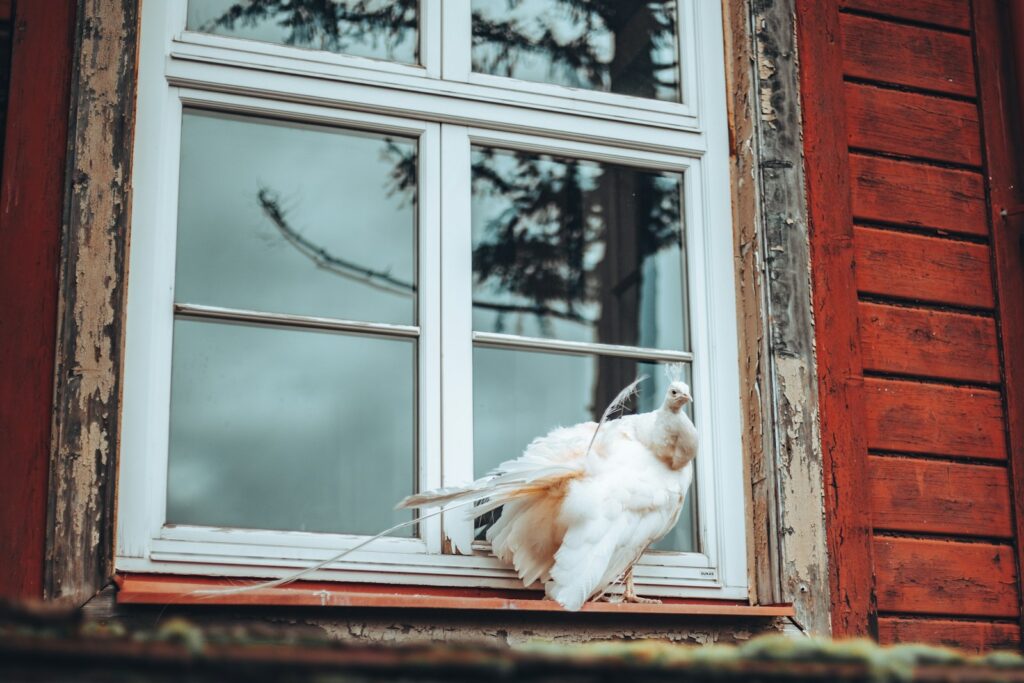
The phenomenon of birds pecking at windows represents a fascinating intersection of natural behavior and human environment. While it can be frustrating for homeowners, understanding the territorial and perceptual factors driving this behavior allows us to develop effective, humane solutions. The range of available interventions—from simple visual deterrents to sophisticated technological approaches—provides options for every situation and budget. By implementing appropriate prevention strategies, we can maintain our connection to nature while protecting both our peace and the well-being of the birds that share our environment. With a little patience and the right approach, the persistent tap-tap-tap of a territorial bird can become a thing of the past, leaving both birds and humans to enjoy their respective territories in harmony.
